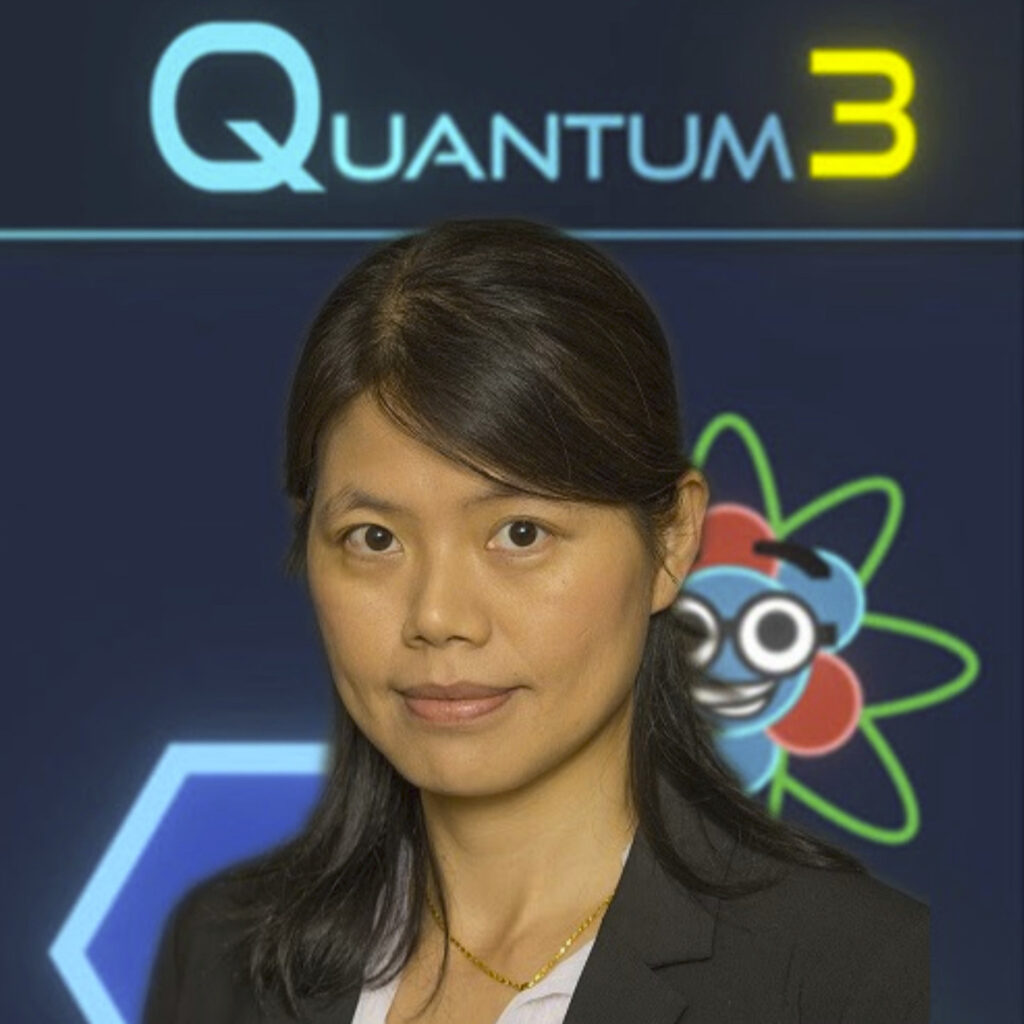
Huey-Wen Lin
High-energy group, Department of Physics and Astromony, Michigan State University
Research Focus
Research Interests
About Huey-Wen
Protons and neutrons are the building blocks of all ordinary matter, and the study of their structure is a critical part of frontier research to unveil the mysteries of the universe and our existence. Gluons and quarks are the underlying degrees of freedom that explain their properties, and fully understanding how they contribute to the properties of matter helps to decode the last part of the Standard Model that rules our physical world. After more than half a century of large-scale experimental efforts, there are still many unknowns concerning the theory quantum chromodynamics (QCD), the branch of the Standard Model describing how gluons strongly interact with themselves and with quarks, binding both nucleons and nuclei. Using supercomputers and a theoretical tool called “lattice QCD”, we can simulate the theory that dominates the universe at the femtoscale and unveil its diverse phenomenology, including properties that are hard to determine in experiments.
Honors
2020 - Cottrell Scholar Award from Research Corporation for Science Advancement
2020 - DOE ASCR Leadership Computing Challenge (ALCC) Award, “Unveiling the 3D Structure of Nucleons with Machine Learning and Lattice QCD”
2020 - DOE grant on “From Quarks to Stars: A Quantum Computing Approach to the Nuclear Many-Body Problem” (PI: Morten Hjorth-Jensen)
2020 - XSEDE Computing awards on “Precision Moments of Strange Parton Distribution Functions from Lattice QCD”
2019 - Outreach Award, Department of Physics and Astronomy, Michigan State University
2017 - NSF CAREER Award: Constraining Parton Distribution Functions for New-Physics Searches
Education
Postdoc
Theory Group, Thomas Jefferson National Accelerator Facility, 08/2009
Ph.D.
Physics, Columbia University, 05/2006
Master's
Physics, Columbia University, 05/2002
Bachelor's
Physics, National Taiwan University, 06/1999
